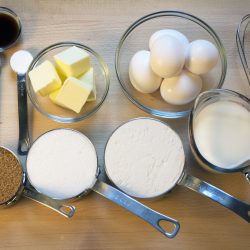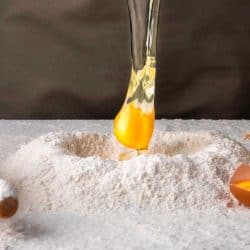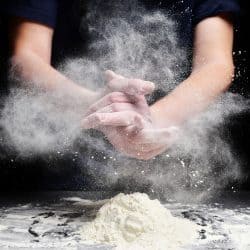Are you ready to begin baking for the first time? Maybe you're an experienced baker, but you're wondering if you can over-sift flour? Even the best bakers ask questions from time to time, and that's part of what makes us good at what we do. To understand how sifting flour works and whether you can sift too much, we've researched this question and present the answer to you below
Sifting your flour and other dry ingredients can make a noticeable difference in your cakes and breads. No matter how many times you sift, you cannot over-sift your flour. Actually, after the first couple of times, sifting no longer makes a difference.
Now that you know you can't over-sift your flour, it's time to start cooking. Our extensive research on the topic will help make your baked goods better, so keep reading for more information on why it's important to sift your flour, how many times you should sift, how to do it, and more.
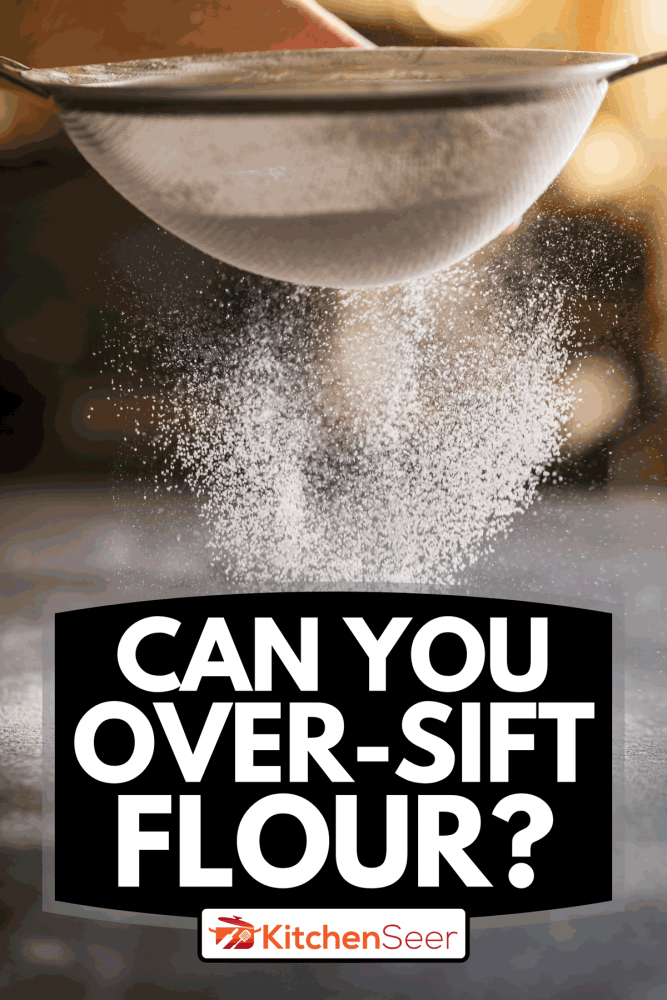
Can You Over-Sift Flour?
In the old days, it was necessary to sift flour for all recipes, not just baking. This is because the flour was not pre-sifted. It contained lots of lumps and foreign objects, including husks, seeds, and even bugs.
Now, sifting produces better results, but it is not necessary since there are no husks, seeds, or weevils in our modern-day flour. Although most flour is pre-sifted, don't worry; you cannot over-sift your flour. However, there is a certain method for sifting and measuring, which you'll read more about below.
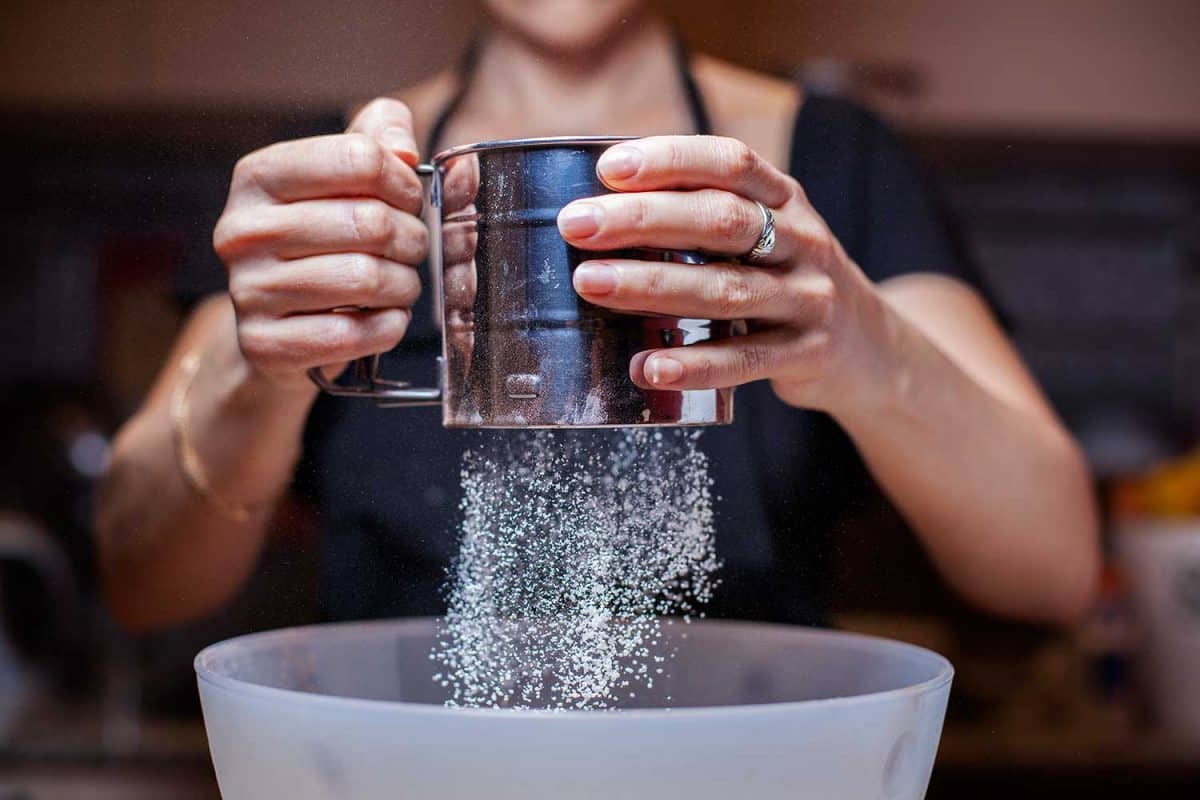
Why You Should Sift Flour
Although sifting flour is typically not necessary, some recipes call for it. Sifting flour helps take out lumps and makes the flour light and airy. However, you should pay attention to the wording of the recipe. If you don't measure properly, you can end up with too much or too little flour.
If a recipe calls for two cups of sifted flour, you should sift several cups of flour then measure two cups. If the recipe calls for two cups flour, sifted, you will measure out two cups and then sift the flour before using.
Flour isn't the only thing you should sift. Have you ever made a cake or biscuits that didn't quite mix well enough? You probably had more flavor in some biscuits than others. This is where sifting other dry ingredients comes in handy. After you sift and measure your flour, add the remaining dry ingredients such as sugar and baking soda and sift to ensure they are distributed evenly throughout the mixture.
How Many Times Should You Sift Flour?
You really only need to sift your flour one or two times. If you think there may be some remaining lumps, go ahead and sift it a second time. However, after two times, sifting won't make any further difference. If you wish to sift your remaining dry ingredients, as mentioned above, you can do so in the third round of sifting.
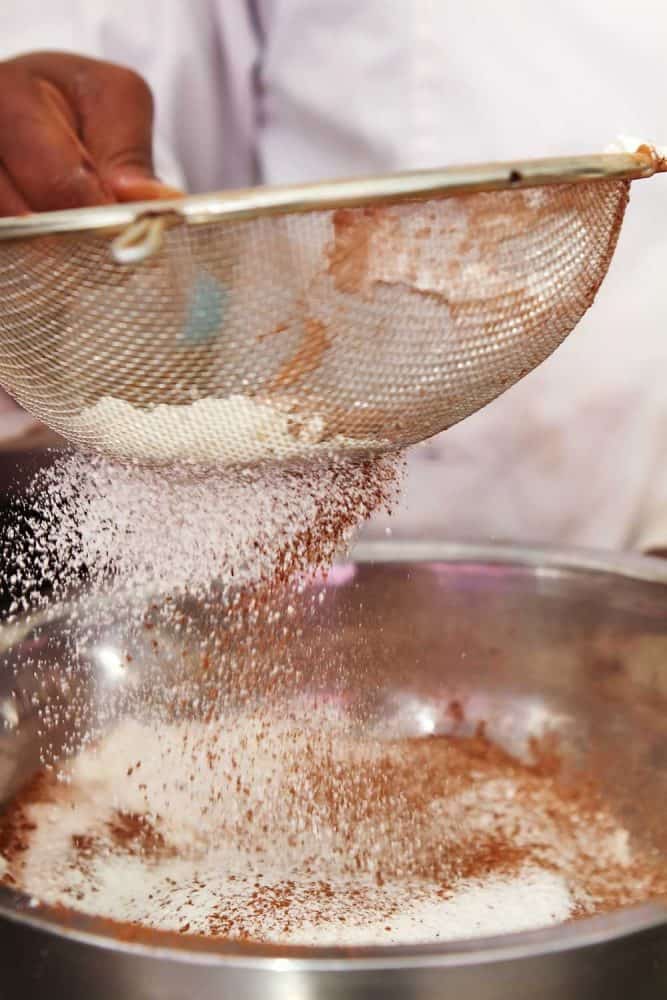
Does Sifting Flour Add Air?
In addition to removing lumps and possibly foreign objects, sifting flour adds air, resulting in a lighter product. Sifting also adds volume. That's why it's important to understand whether the recipe calls for measuring before sifting or sifting before measuring.
What is the Difference Between Aeration and Sifting Flour?
While the two are similar, aeration is not the same thing as sifting flour. When you sift flour, in addition to adding air, you also remove lumps and other unwanted particles that may have found their way into the flour. It's not necessary to sift for every recipe. On the other hand, aeration does not remove lumps and should be done before mixing every time.
To aerate your flour, all you need to do is grab a spoon or fork and mix it up a bit. Aeration adds air to the flour, making it lighter. Although most flour is pre-sifted, over time, it gets packed tighter in its container. This can cause you to measure out more flour than you need.
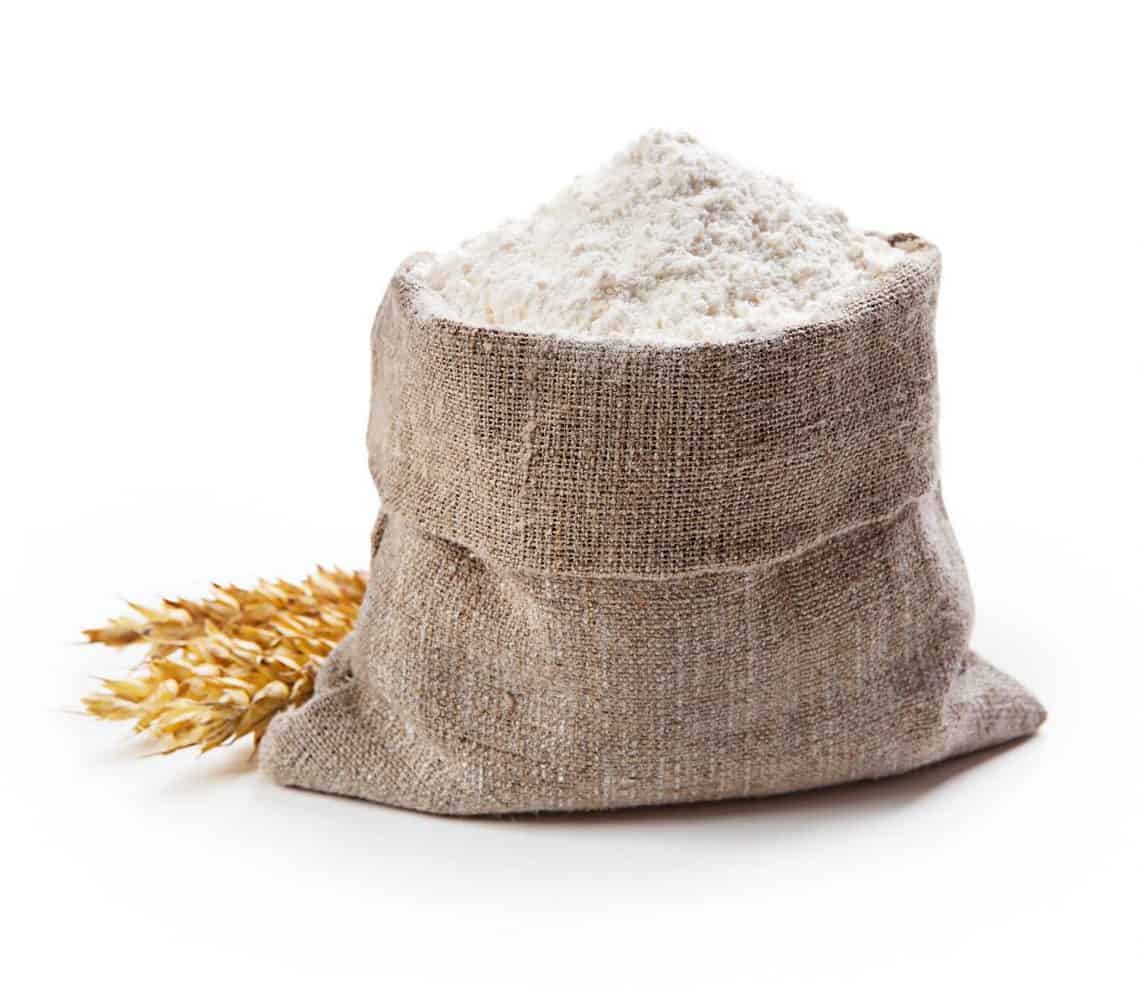
How To Properly Measure Flour
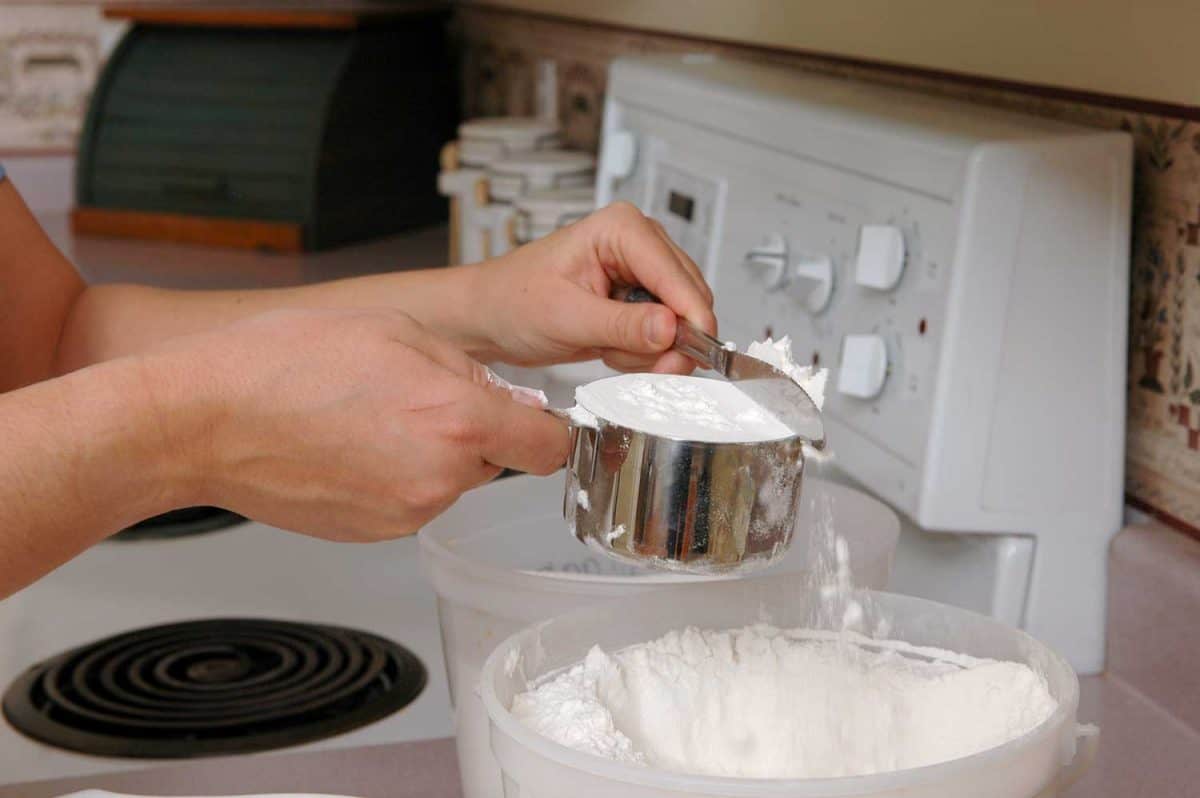
Like aeration, proper measurement is important in baking. You should never dip the measuring cup into the bag or container of flour. After fluffing, use a spoon to dip the flour into your measuring cup. Once full, take a knife and rake the excess flour away.
If you're new to sifting and aerating flour, you may be wondering what products you should use. For sifting, you can use a sifter; however, if you don't have one, you can use a whisk or a mesh strainer.
Amazon has a good flour sifter, seen here.
If you prefer a mesh strainer, it can serve more purposes than a sifter. You can find one on Amazon at this link.
Should You Sift Flour For Banana Bread?
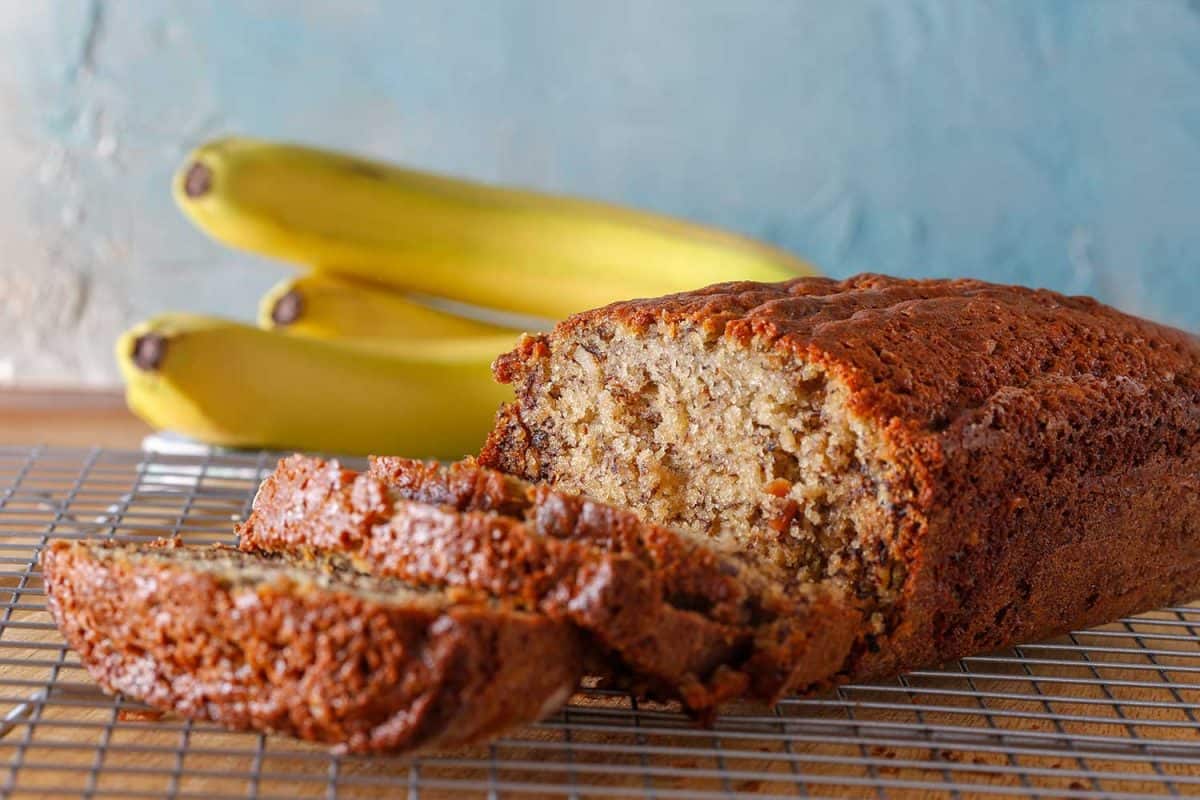
Most banana bread recipes do not call for sifted flour. However, this does not mean that you absolutely cannot sift flour for your banana bread. It really just depends on personal preference, but don't skip the aeration process.
Can You Sift Flour the Night Before?
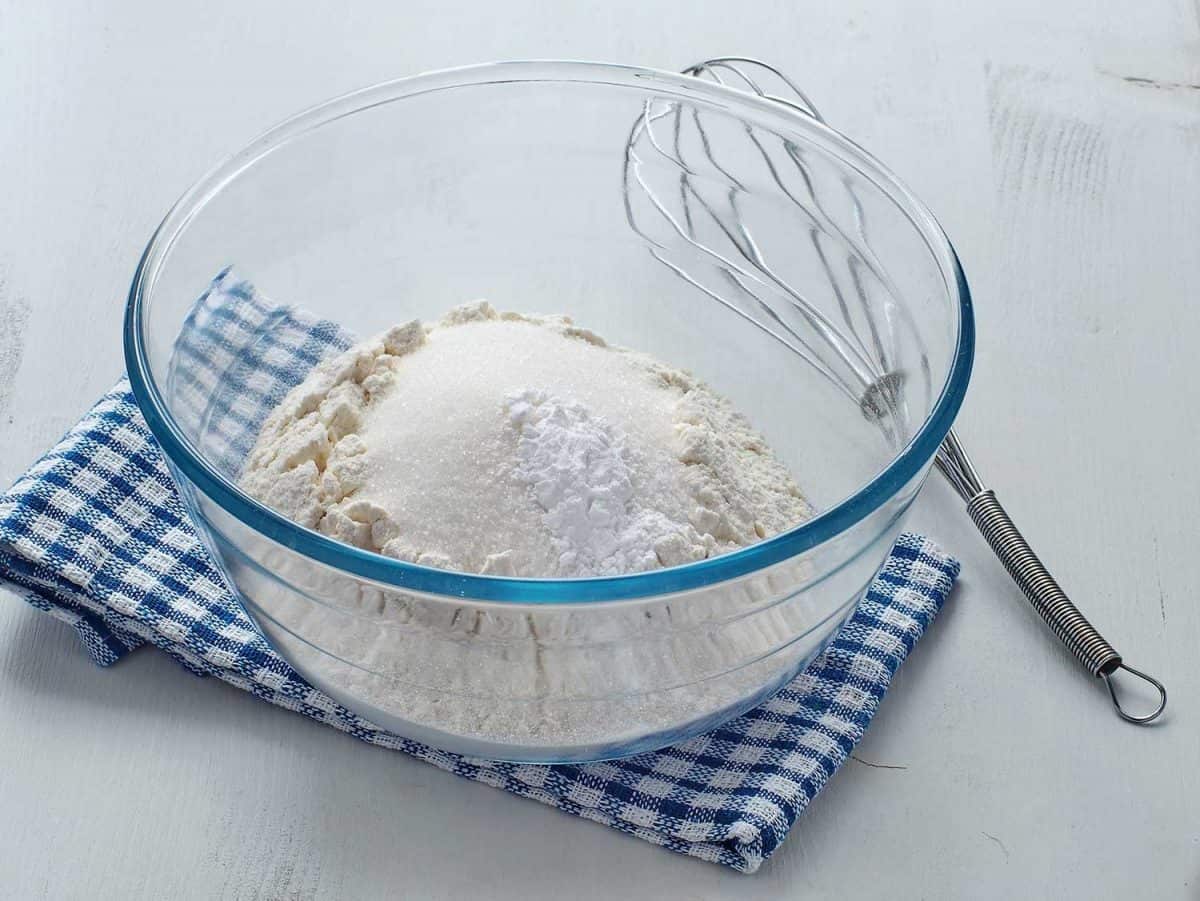
If you're running short on time, you may be wondering if you can sift the flour the night before you plan to bake. The easy answer is yes. You can sift both your flour and the ingredients, storing them safely through the night. You won't need to re-sift before baking. However, it may be a good idea to fluff it again to make sure it's not packed together, making for lighter, fluffier cakes and other baked goods.
How to Properly Store Flour
If you do sift your flour the night before, make sure you store it properly. If you fail to do so, you could end up with weevils in your flour. You can place your sifted flour mixture in the fridge in a tightly closed canister. The set contains different sizes, making it perfect for a wide range of storage needs. Click here to see it on Amazon.
Never store your opened flour in its original packaging unless you place it inside a Ziploc bag or other container. When storing flour in an airtight canister at room temperature, it should last anywhere between one and three months. You'll be able to tell if the flour is no good because it will smell bad and sometimes change color. Additionally, if moisture has gotten into the flour, it may begin to mold.
Summary
Whether you're new to baking or you've been doing it for years, you can always learn new tips and tricks for making the yummiest snacks. Unlike in the past, flour is pre-sifted, and you don't have to worry about it containing bugs, seeds, or husks. However, you can sift it to make sure there are no lumps and ingredients are evenly distributed. Remember, you cannot over-sift flour, so sift away and have fun baking.
Our blog is packed full of great cooking and kitchen tips for chefs and bakers of all skill levels. No matter what questions you may have, check us out first! Try this blog post to find out if the brand of flour matters for certain recipes, or this post to learn the difference between bread flour and all-purpose flour and if they can be used interchangeably.




